As the latest technologies improve and develop, more and more experiments and various other studies are being carried out by robots.
For example, such automated devices are actively used in astronautics to help or even replace astronauts in performing any tasks that are challenging for humans. Robots can explore the terrain of another planet in the most dangerous conditions. Furthermore, they can withstand cosmic radiation, the most severe climates and exposure to extremely low or high temperatures. Additionally, smart machines can repair ships, shoot high-quality videos and take photos from space. Today, we will discuss what kind of robots are used for space exploration and how they work.
The first space robots
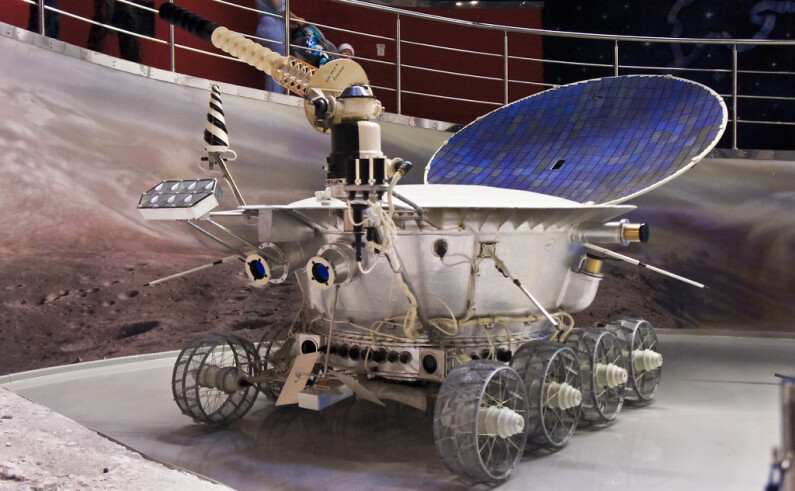
According to NASA, one of the first robots successfully sent into space and designed specifically to work on the surface of a celestial body was the Soviet Lunokhod 1. It was launched to study the Moon and its cosmic radiation back in 1970. The first robonaut was a huge structure on metal wheels, made of magnesium alloys. Such a planetary rover could move at a speed of up to 2 kilometres per hour, turn around on the spot, climb and descend slopes, and overcome ledges and various cracks on the moon's surface. Lunokhod 1 weighed over 700 kilograms.
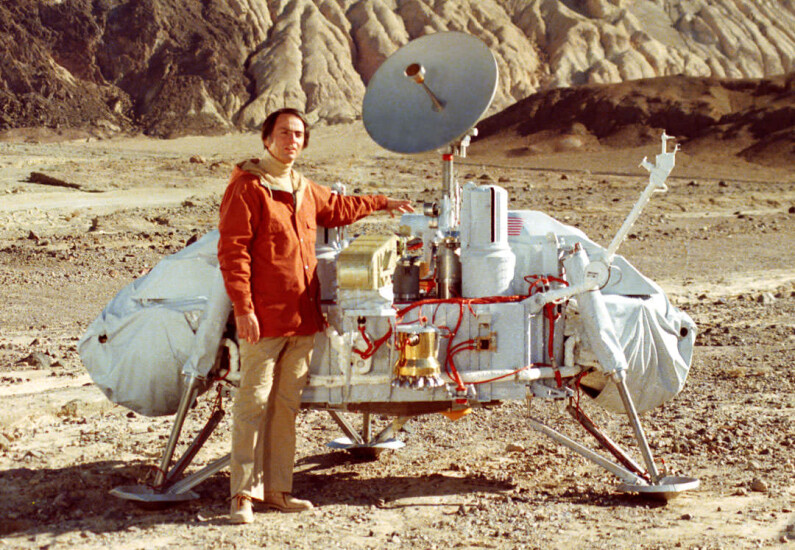
Later, in the late 1970s, a NASA project called Viking was launched in America. For this, two identical unmanned vehicles with automatic elements were built – Viking 1 and Viking 2. Each of them was equipped with robotic technology and consisted of a lander and an orbiter. Together they went into orbit around Mars, which required eight rocket engines, after which they separated and independently descended to the surface of the planet to explore different parts of it.
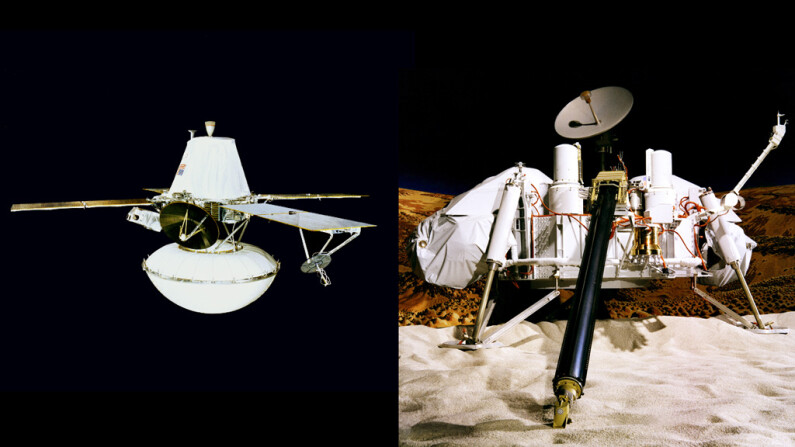
Interestingly, these robots no longer had wheels. For a soft landing, special supports with built-in shock absorbers were used. In addition to photographing and collecting other scientific data on the surface of Mars, the Vikings conducted three biological experiments aimed at looking for possible signs of life. Unexpectedly, they found chemical activity in the Martian soil but did not provide clear evidence of the presence of living microorganisms.
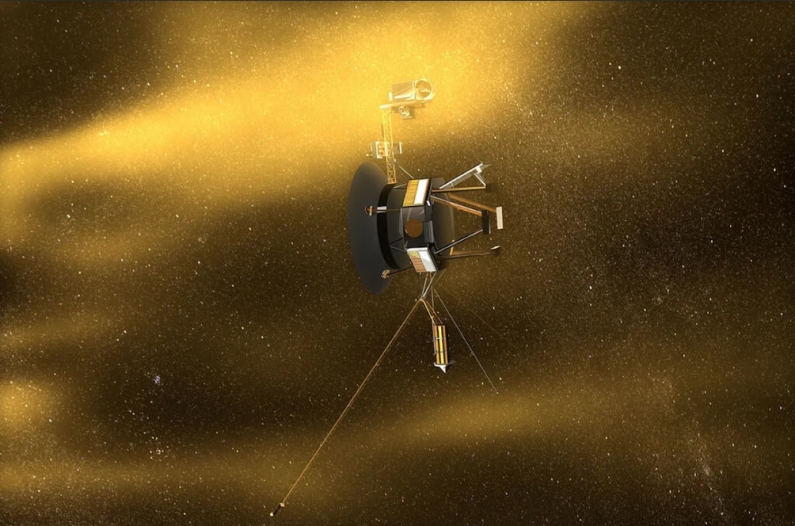
Around the same time, the robotic spacecraft Voyager 1 and Voyager 2 were launched to study the outer solar system. According to NASA, the robots were developed primarily for research near Jupiter and Saturn. Interestingly, they still continue their journey, even though more than forty years have passed. After several discoveries, such as active volcanoes on Jupiter's moon Io and the paradox of Saturn's rings, the mission was extended. The Voyagers are currently closer to Pluto than to Earth or the Sun. In August 2012, Voyager 1 entered interstellar space, and Voyager 2 caught up with it only by 2018. Now Voyager 2 continues to explore Uranus and Neptune and is still the only robotic spacecraft to visit these planets.
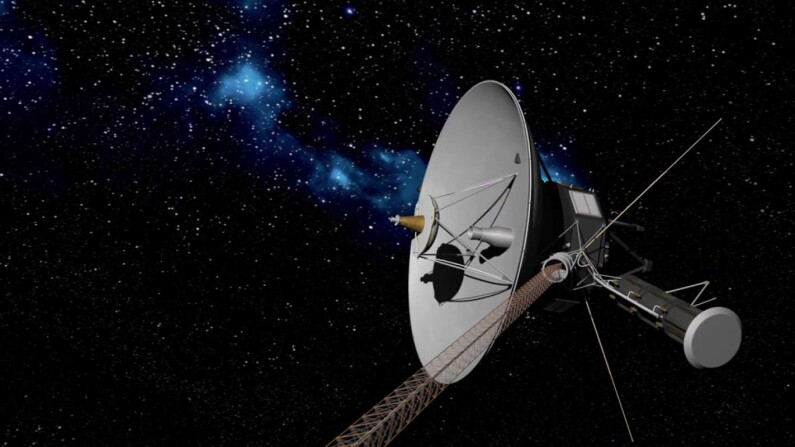
Modern robonauts
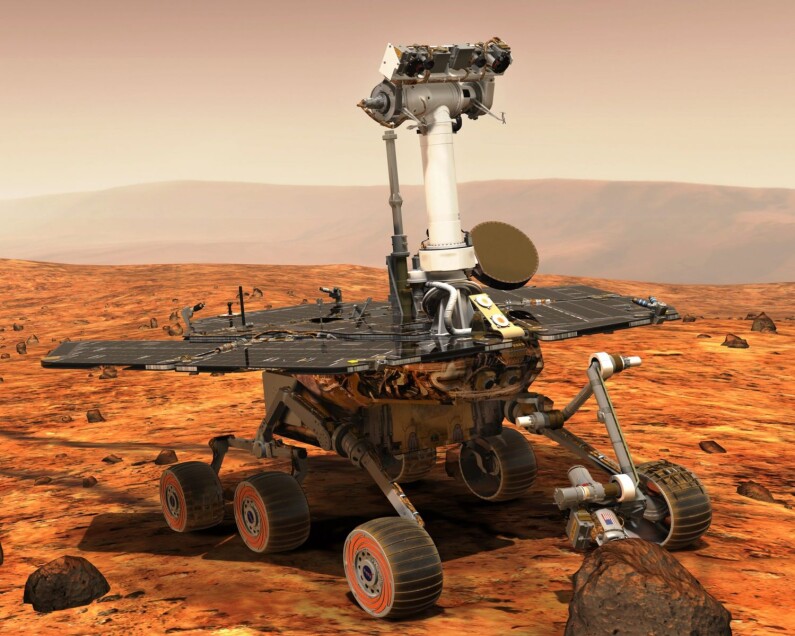
In addition to the Voyagers, dozens of robots are currently sent into space to study other planets. For example, the Opportunity rover, launched in 2004, is still operating. It travels across the planet’s surface, driving into craters and avoiding rocks, and takes many pictures according to programmed characteristics. Initially, Opportunity's activities were inseparably linked with the other rover Spirit. It was the first to go to the surface of Mars to study its expanses. Opportunity started a month later, but it managed to work much longer. Spirit lasted six years and stopped communicating in 2010. However, just a couple of years later, in 2012, as part of the Martian Science Laboratory programme, a new Curiosity rover arrived on the planet, which is equipped with a whole chemical laboratory for analysing the elements found on the planet. Due to this, the robot turned out to be much larger and heavier than its predecessors. If the Opportunity weighs no more than two hundred kilograms, then the weight of the Curiosity reaches 899 kg. Nevertheless, both devices are quite manoeuvrable, able to move quickly and deftly, turn around on the spot and overcome obstacles. It was planned that the six-wheeled vehicle Curiosity will spend only one year searching for signs of life on Mars, but the mission was extended and the robot travels around the Red Planet to this day.
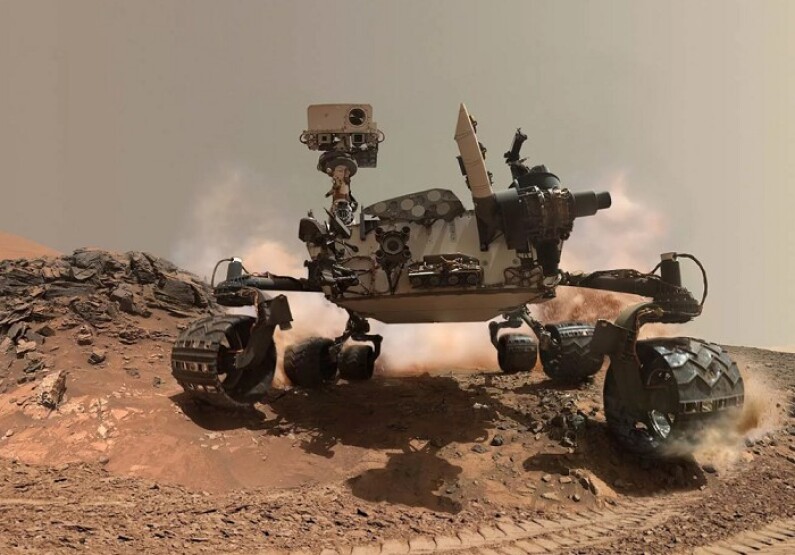
In addition, there are not only robotic explorers of other planets but also automatic devices designed for repair work on spacecraft. For example, the Canadian Space Agency has developed the Dextre robotic arm to test new tools and to install and replace space hardware such as external cameras, electrical systems and other components that have failed. CSA claims that Dextre is a universal robot serving the International Space Station, and at the same time, the most complex spacecraft created by Canadian scientists for the ISS. Dextre solves the routine tasks that astronauts used to do in the harsh space environment. For example, the station's handy robot allows astronauts to spend more time doing scientific experiments instead of risky spacewalks. Dextre has the most flexible body, able to move in a variety of ways. It has several arms, with seven joints each. This provides a sufficiently large range of motion, so Dextre can perform even more complex tasks than the human hand. In addition, the robot has the same sense of touch as a human, and five cameras replace its eyes. Furthermore, scientists plan to significantly improve the robot’s senses by 2024.
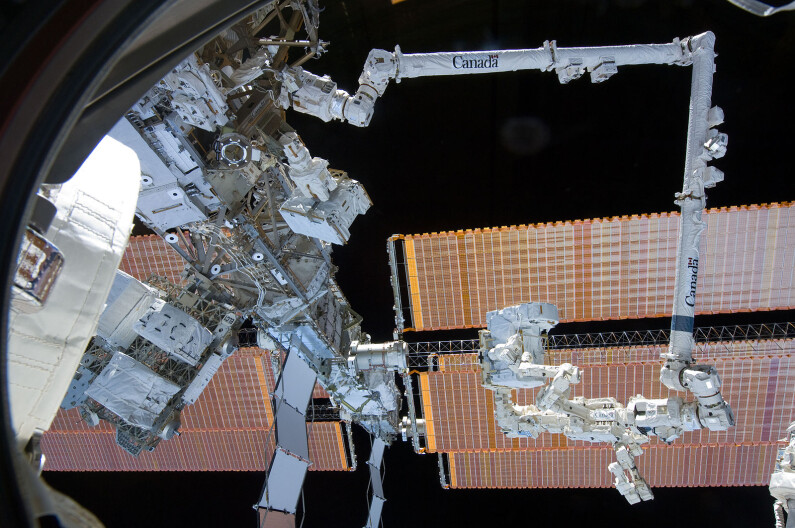
Thus, the Canadian robot resembles a person in many characteristics and capabilities, but outwardly it remains a machine. Yet, NASA and General Motors have developed a humanoid device, which they called the “robonaut”. It was conceived back in the 1990s, but the first such device, called R2, went to the ISS in 2011. Then it was only a humanoid torso without legs, that is, the lower part of the body was missing. Its head was painted gold, its hands were equipped with fingers, and its joints resembled human ones. The device can write and hold even the heaviest objects. Four video cameras are mounted in its helmet, thanks to which the robot not only navigates in space but also broadcasts signals. In 2014, scientists developed the lower half of the body, the legs, for R2. At that time it was 2.7 meters tall. Now scientists continue to work on the robonaut to send it to the surface of the Moon in the future.
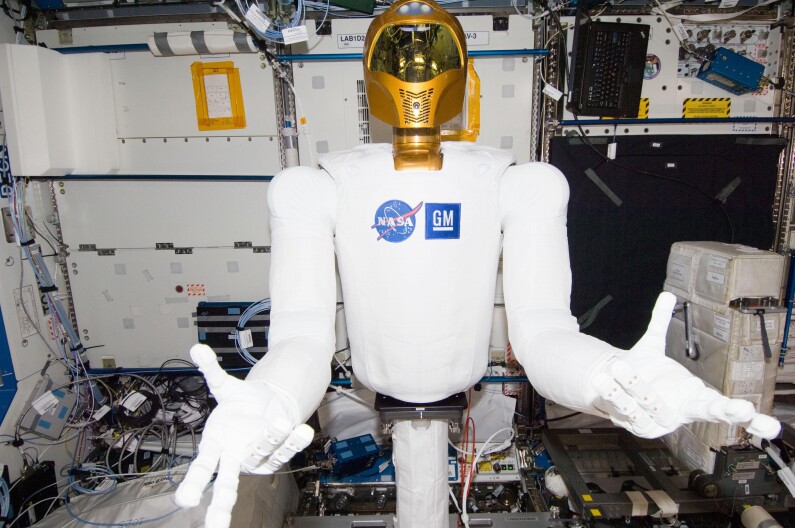
Another humanoid robot is named “Valkyrie”. It was also developed by NASA, and the engineers paid special attention to ease of use — the battery, its arms and other main components are easily removed and changed for autonomous operation. Such a humanoid is dressed in a suit made of fabric with a soft lining. This provides not only additional protection for the device itself but also the convenience and safety of people who may have to work with it in the space station. After all, the Valkyrie is almost two meters tall and weighs 140 kilograms. The developers’ main goal is the colonisation of Mars. Therefore, it is necessary to create humanoids capable of providing suitable living conditions for people there. So the Valkyrie is gradually improving, and now it has built-in scanners and video sensors in its head, which allows it to independently move and come up with the best route. Moreover, mechanical manipulator arms are capable of holding even heavy objects, which is especially important in building a research base on Mars.
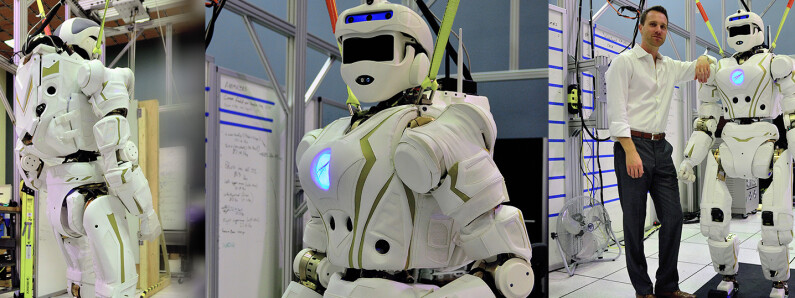
In addition to the already named spacecraft, there are those that specialise in the study of distant planets’ oceans. One of these experimental machines is RoboSalps, developed by scientists from the University of Bristol. They are very small robots named after salps, small aquatic animals that form strong chains. These smart machines connect in the same way, establishing structures of several devices that can manoeuvre like submarines. The scientists say that if one of the RoboSalps in the group fails, the others will be able to compensate and create a backup system. In addition, several robots can travel to an underwater destination in a group, then split up to perform tasks individually, and then group again. Each such RoboSalp has a soft silicone body with special tubes, and inside there is an electric motor and a propeller. It is the bidirectional propeller that allows the robot to move up and down or forward and backward. However, such a simple mechanism allows for a rather limited set of actions. Still, the scientists say the robots' light weight makes them ideal for exploration missions in the ice-covered ocean on Jupiter's moon Europa, for example.
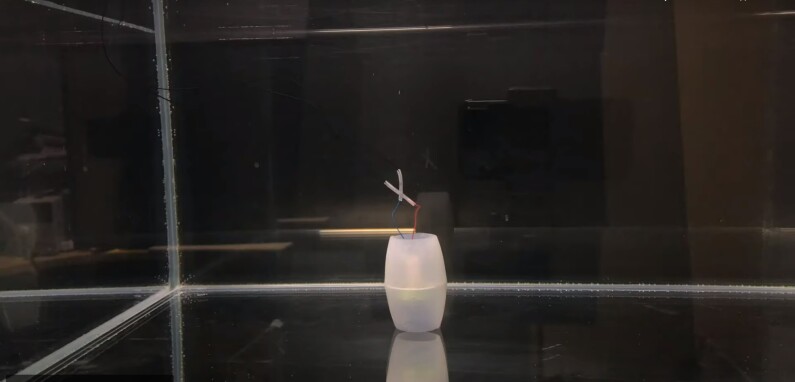
Although developing and building robots is one of the most expensive and labour-intensive industries, this will keep many astronauts safe. Thus, robotic space systems are successfully coping with their research and purely technical tasks. In the future, scientists are considering conquering other planets and colonising them using experimental space technology.
Share this with your friends!





Be the first to comment
Please log in to comment